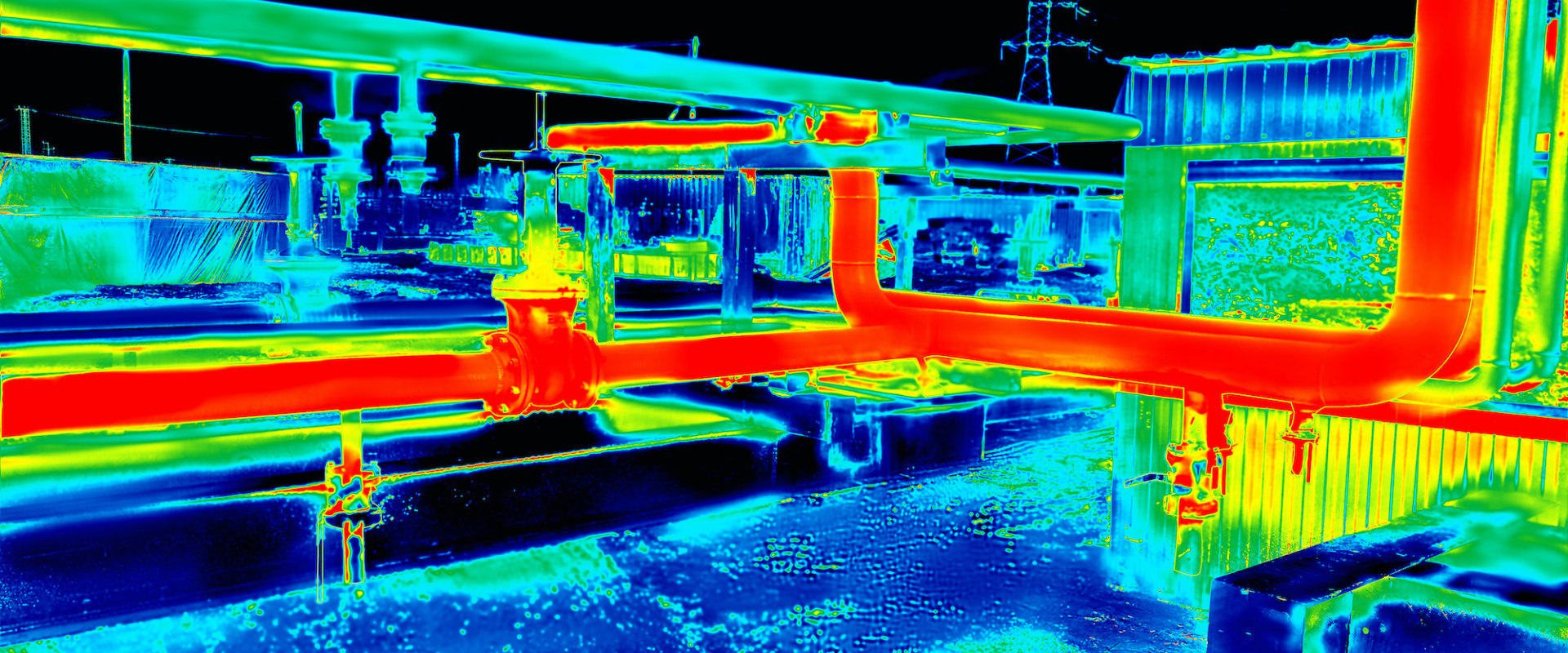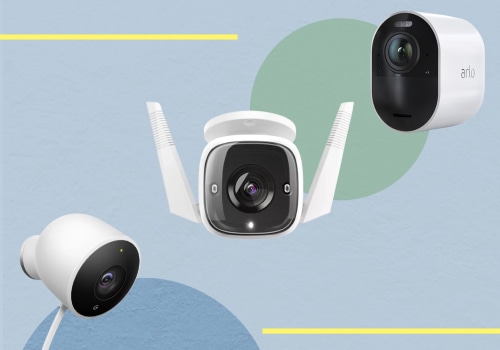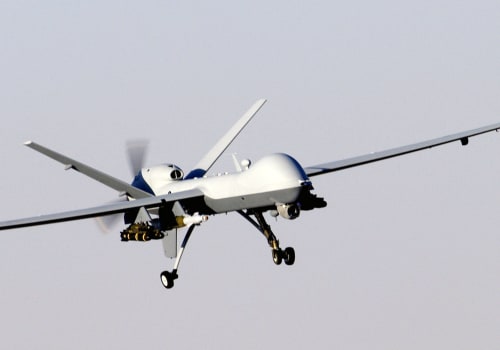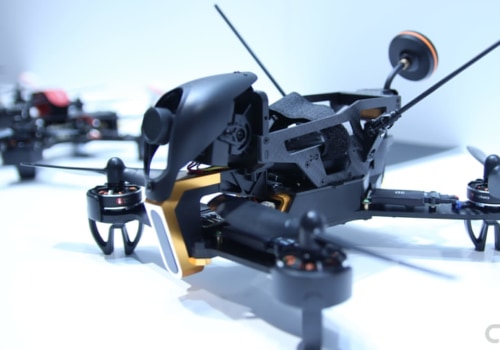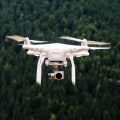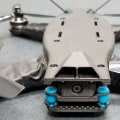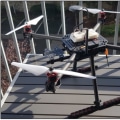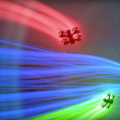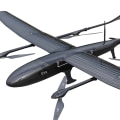The use of Infrared Cameras is becoming increasingly popular in the world of drone photography and videography. Infrared cameras are able to capture images in wavelengths outside of the visible spectrum, allowing for stunning images of the environment that would otherwise be impossible to see with the naked eye. From industrial inspections to wildlife photography and beyond, infrared cameras are revolutionizing the way we look at the world. In this article, we will explore the basics of infrared cameras, what they can do, and how to get started using one. First, let's take a look at what infrared cameras are and how they work.
Infrared cameras use a special type of lens that can detect infrared light. This light is invisible to the naked eye but can be seen through the camera lens. The camera then takes this information and creates an image or video from it. The benefits of using infrared cameras are numerous. They allow users to capture images and videos in low light conditions.
They also allow users to detect heat signatures from objects that would otherwise be invisible to the naked eye. This makes them ideal for surveillance, search and rescue operations, and other applications where visibility is limited. There are several different types of infrared cameras available on the market. These include thermal imaging cameras, shortwave infrared (SWIR) cameras, and longwave infrared (LWIR) cameras. Thermal imaging cameras detect heat signatures from objects, while SWIR cameras capture images in visible light with a shorter wavelength than LWIR cameras.
LWIR cameras capture images in visible light with a longer wavelength than SWIR cameras. When choosing an infrared camera for your drone, it's important to consider the type of application you're using it for. Thermal imaging cameras are best for detecting heat signatures from objects, while SWIR and LWIR cameras are better suited for capturing images in low-light conditions. You should also consider the resolution of the camera, as higher resolution images will yield better results. Finally, you should also consider the weight of the camera, as heavier cameras may affect the performance of your drone.
What Are Infrared Cameras?
Infrared cameras use a special type of lens that can detect infrared light.This light is invisible to the naked eye but is visible through the camera lens. Infrared cameras have become increasingly popular for use in drone cameras due to their ability to capture images and videos in low light conditions and even detect heat signatures from objects. The lens of an infrared camera is designed to detect light outside of the visible spectrum, primarily from 700 nm to 1 mm. The camera then converts this invisible light into a visible image that can be used for surveillance or photography.
The benefits of using infrared cameras in drone cameras include the ability to capture images and videos in low light conditions and even detect heat signatures from objects. This can be helpful for night time surveillance, search and rescue operations, or monitoring for fires or other environmental hazards. Infrared cameras also require less energy, making them ideal for longer flights. Infrared cameras come in a variety of types, each with its own set of features and benefits.
Common types include thermal imaging cameras, night vision cameras, and infrared illuminators. It’s important to consider the specific needs of your project before choosing the right type of infrared camera.
Different Types Of Infrared Cameras
Infrared cameras come in a variety of types and are used for a range of purposes. Thermal imaging cameras are most commonly used for surveillance, security, and search and rescue operations. They detect infrared radiation and convert it into an image, allowing them to see in the dark or through fog and smoke.Shortwave infrared (SWIR) cameras are designed to capture high-resolution images in daylight conditions, and can also be used for night vision. Longwave infrared (LWIR) cameras provide a wider range of spectral sensitivity, making them ideal for medical and industrial applications. When choosing an infrared camera for your needs, it's important to consider the type of camera you need, the sensitivity of the camera, and the type of environment it will be used in.
How To Choose The Right Infrared Camera
When choosing an infrared camera for your drone, it’s important to consider the type of application you’re using it for, as well as the resolution and weight of the camera. Different types of infrared cameras will offer different levels of resolution and weight, so it’s important to know what you need before making a decision.Additionally, the size of the image sensor and the range of the camera can also be factors to consider. For applications such as night surveillance or monitoring heat signatures, thermal imaging cameras are the best choice. These cameras are designed to detect infrared radiation emitted by objects and convert them into visible images. Thermal imaging cameras are often used in search and rescue operations and can help detect hidden objects.
They usually have a large range and can detect objects from a long distance. For applications such as wildlife monitoring or precision agriculture, ultra-high resolution cameras are the best option. These cameras have a much higher level of detail than regular infrared cameras, allowing for more precise images. However, they also tend to be larger and heavier than regular infrared cameras, so they may not be suitable for all drone applications. Finally, it’s important to consider the weight of the camera.
Lighter cameras are generally better suited for smaller drones, while heavier cameras may require larger drones to carry them. It’s important to choose a camera that is suitable for your drone’s size and weight. Choosing the right infrared camera for your drone application can be a difficult task. By considering the type of application you’re using it for, as well as the resolution and weight of the camera, you can make sure that you select the right one for your needs.
Benefits Of Using Infrared Cameras
Infrared cameras are becoming increasingly popular for use in drone cameras.They offer a range of benefits, including the ability to capture images and videos in low light conditions, as well as detect heat signatures from objects that would otherwise be invisible to the naked eye. This is especially useful for surveillance purposes, as infrared cameras can detect heat signatures from people, animals, and vehicles, even in total darkness. As such, they are able to provide security personnel with valuable information that would otherwise be difficult or impossible to obtain. In addition to their surveillance capabilities, infrared cameras also offer other advantages.
For example, they can be used to measure the temperature of an object from a distance, which can be helpful for monitoring temperatures in industrial settings. Furthermore, infrared cameras are often used for medical imaging, as they can capture images that are not visible to the human eye. Finally, infrared cameras are also useful for scientific research, as they can help scientists study various phenomena that occur in the environment. In particular, infrared cameras are often used to observe atmospheric phenomena such as dust, clouds, and smoke. In conclusion, infrared cameras are an excellent choice for drone cameras, providing clear images and videos in low-light conditions and the ability to detect heat signatures from objects. When selecting an infrared camera for your drone, consider the type of application you are using it for, the resolution, and the weight of the camera. Ultimately, the right infrared camera for your drone will depend on your specific needs and budget.
By researching the available options and understanding the benefits of using infrared cameras, you can make an informed decision that will help you capture quality images and videos with your drone.
